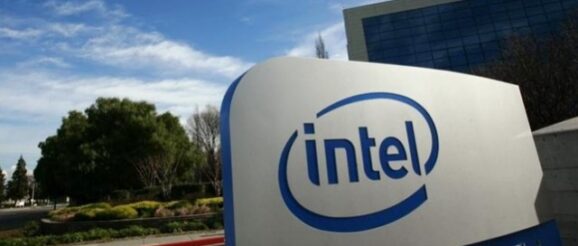Intel takes back seat in innovation as AMD and Nvidia shine | InfotechLead

Intel said its new 7-nanometer chip technology was six months behind schedule and it would consider outsourcing more work to outside semiconductor foundries – questioning the power of CEO Bob Swan in execution.
 Intel discovered an issue in the 7-nanometer manufacturing process that caused lower yields of flawless chips. Now the company is ramping up production of 10-nanometer chips to meet demand for those products, rather than older products, CNBC reported.
Intel discovered an issue in the 7-nanometer manufacturing process that caused lower yields of flawless chips. Now the company is ramping up production of 10-nanometer chips to meet demand for those products, rather than older products, CNBC reported.
The delay in the production will not have huge impact in the next few quarters, but will cause a years-long domino effect, delaying chips meant to counter the rise of main rivals Advanced Micro Devices (AMD) and Nvidia until late 2021 or even 2023, Reuters reported.
Intel’s 7nm delays extend the lead in the smaller, faster chip technology held by Taiwan Semiconductor Manufacturing (TSMC), which is now expected to remain at least one generation of technology ahead for years to come. They will likely benefit rivals AMD and Nvidia, which outsource their manufacturing to TSMC.
“We’re going to be pretty pragmatic about if and when we should be making stuff inside or making outside, and making sure that we have optionality to build internally, mix and match inside and outside, or go outside in its entirety if we need to,” Chief Executive Bob Swan said on a call with investors.
Intel is the top supplier for processors for PCs and data centers, but Nvidia and TSMC are challenging the logic of Intel’s business model as a both a designer and manufacturer of its own chips.
Intel’s Ponte Vecchio, a data center graphics chip meant to compete with Nvidia, will not be released until late 2021 or early 2022 and could use outside chip factories. Intel’s first 7nm chip, meant for personal computers, will not arrive until late 2022 or early 2023. Its first 7nm data center processor will not ship until the first half of 2023.
Intel said revenue rose 20 percent to $19.73 billion for the second quarter ended in June.
Revenue for its data center segment, which focuses on chips for cloud providers and server makers, rose 43 percent to $7.1 billion.
Intel’s revenue from top business unit, the Client Computing Group that makes chips for PCs, rose 7 percent to $9.50 billion in revenue in the quarter.
The Non-Volatile Memory Solutions Group had $1.66 billion in revenue, representing 76 percent growth and coming in higher than the $1.29 billion consensus.
Research group Gartner estimated that second-quarter PC shipments returned to year-over-year growth in the quarter, after a decline in the first quarter in connection with the pandemic.
The company estimated third-quarter revenue of about $18.2 billion on adjusted earnings of $1.10 per share. It updated its full-year 2020 revenue guidance to $75 billion.
Nvidia, which designs but does not make its own chips, earlier this month overtook Intel as the most valuable U.S. chip supplier, thanks to strong sales to data centers using Nvidia chips for artificial intelligence work.
Intel rival AMD announced new PC chips that analysts expect to be powered by TSMC’s manufacturing processes.
Last month, Apple said it would end its reliance on Intel chips for Mac computers after nearly 15 years. Apple uses chip technology from SoftBank-owed Arm.
“The delay of its 7nm roadmap timing will create even more headwinds for Intel as its risk increased probability of further share loss to AMD and to other architecture like Arm in both its client and data center markets in the next two to three years,” said Kinngai Chan, an analyst at Summit Insights Group.
Intel announced the $900 million acquisition of mobility start-up Moovit and the $150 million sale of its home gateway platform business to MaxLinear. It also introduced new chips for gaming PCs and laptops.
